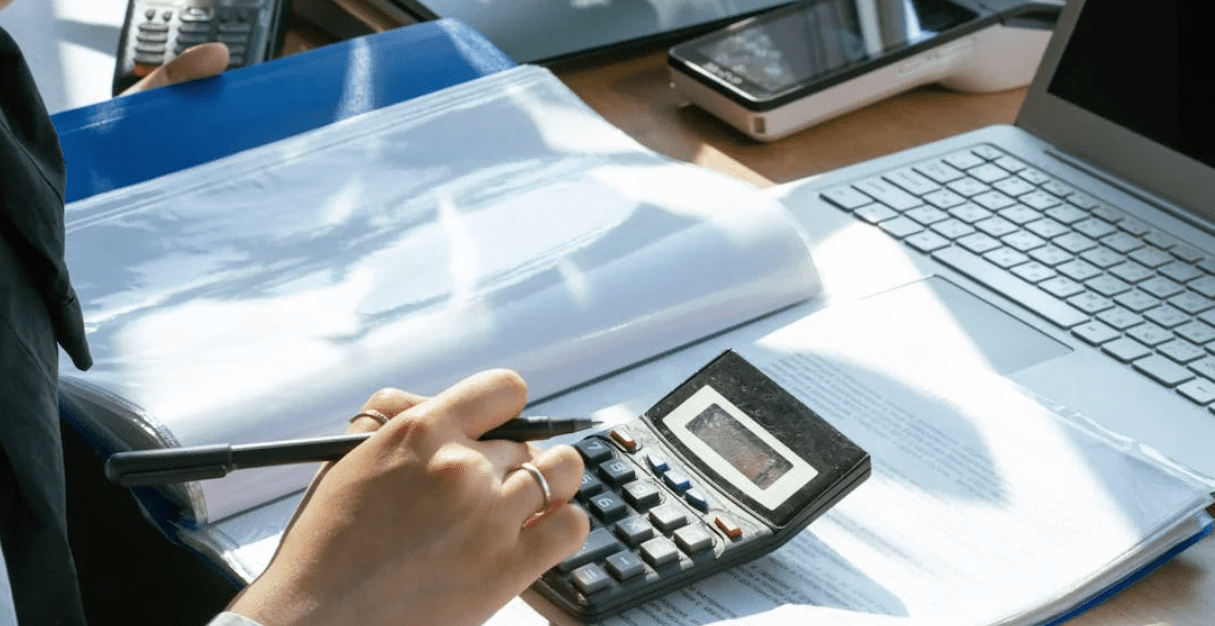Mastering the Lease Ledger: A Landlord’s Essential Tool
Mastering the Lease Ledger: A Landlord’s Essential Tool
Blog Article
Mastering the Lease Ledger: A Landlord’s Essential Tool
Keeping track of tenant payments is one of the very most critical aspects of property management. Whether you are handling a number of properties or an extensive collection, sustaining an accurate tenant payment lease ledger assures economic visibility and simplifies cost tracking. But managing tenant obligations effectively needs a well-structured approach. Here's a concise information to getting hired right.

The Significance of a Lease Ledger
A lease ledger is basically an economic history that paths rent payments, protection remains, late fees, and other tenant transactions. It serves as a main database for many monetary communications between landlords and tenants. Without a properly handled ledger, home managers risk miscalculating income, overlooking overlooked obligations, or making disputes with renters. An organized lease ledger helps remove these risks while maintaining professionalism.
Tips for Effectively Monitoring Tenant Obligations
1. Utilize Technology for Reliability
Handbook record-keeping may benefit a single property, but as the number of units grows, it becomes impractical. Leveraging digital resources or easy spreadsheet themes may significantly improve accuracy. These instruments usually allow you to automate recurring lease funds, produce reminders for late balances, and produce studies instantly.
2. Produce a Regular Design
A lease ledger should follow a clear and regular format. At least, your ledger includes:
• Tenant names
• Due dates
• Amounts paid
• Exceptional amounts
• Notes for any extra prices (e.g., maintenance charges or late charges)
Standardizing these details assures every history is uniform and an easy task to interpret.
3. Monitor Cost Status Often
Examining your lease ledger frequently guarantees you remain together with late payments and may handle possible problems early. Reserve time every month to reconcile funds obtained against what's noted in your ledger. This practice also helps in identifying trends, such as for example consistently late-paying tenants.
4. Keep in touch with Tenants Obviously
Accurate documents mean little if tenants aren't informed of their payment obligations. Deliver pointers for approaching lease due days or upgrade them on any outstanding balances. Distinct communication minimizes misunderstandings and encourages regular payments.
5. File Every thing
Every payment created, whether partial or full, should be recorded rapidly in the ledger. Monitoring every purchase guarantees both sides have a research stage in case there is disputes. Even small facts, such as waived late expenses or altered payments, should be entered in to the record.

Ultimate Thoughts
An effective lease ledger not just simplifies tenant payment management but also provides peace of mind for landlords and property managers. By incorporating distinct structures, leveraging electronic methods, and maintaining exact files, you are able to establish a smooth program that decreases problems and forms better tenant relationships. Start controlling your funds greater today and set the building blocks for long-term financial balance! Report this page